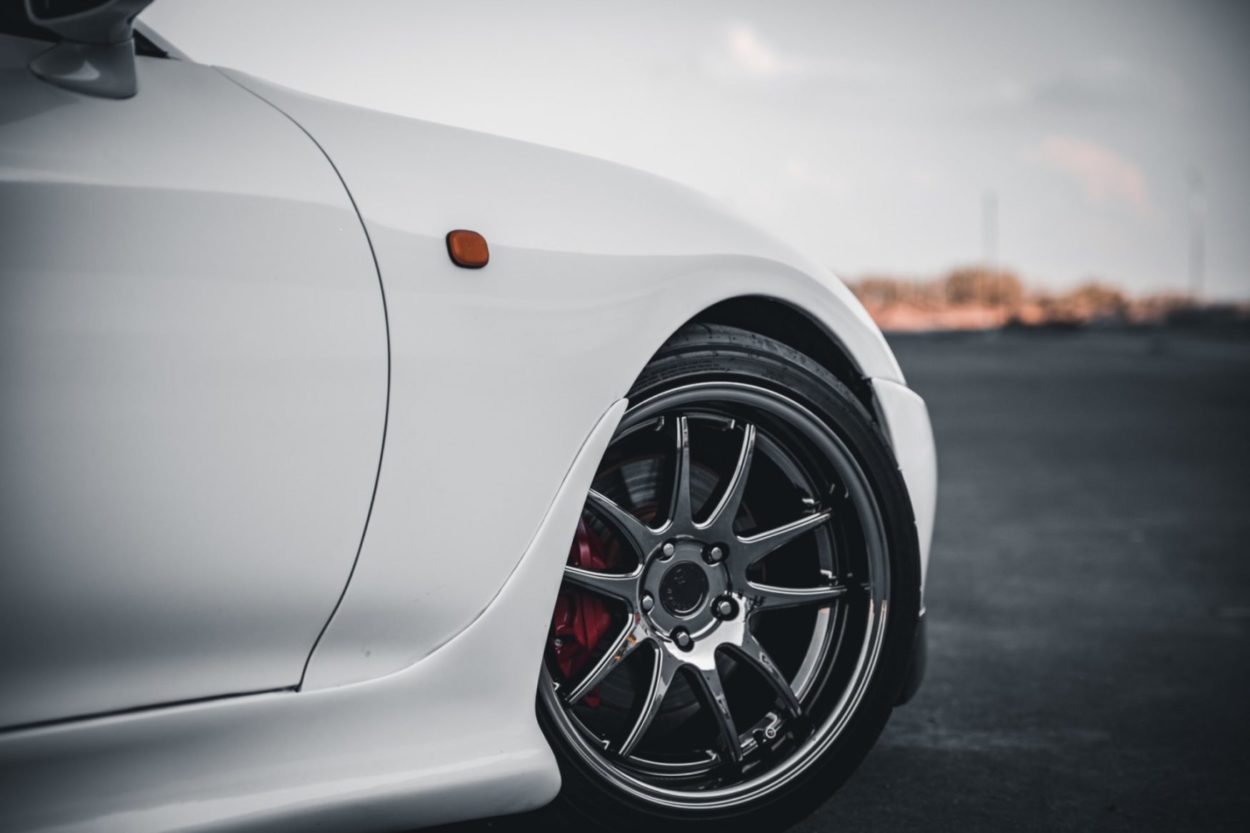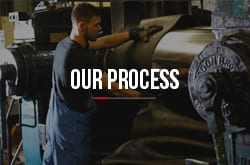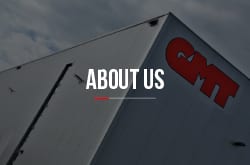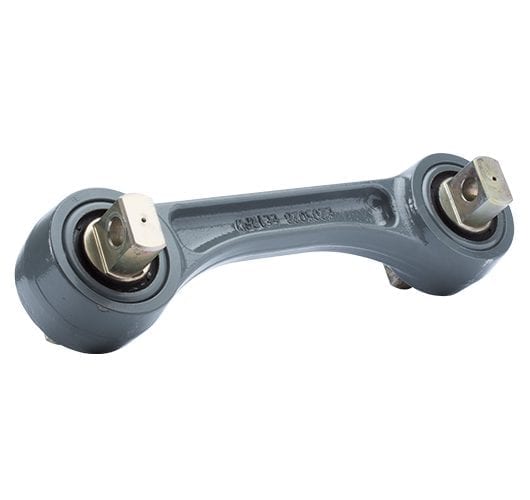A Comprehensive Guide to Vehicle Control Arms
The term ‘control arm’ doesn’t find its way into the discussion about vehicle parts all too often, leaving many people to wonder, ‘what are control arms?’. This post will answer that question and discuss the different types of control arms and their uses.
What Are Control Arms and What Do They Do?
A control arm, also known as an A-arm (or control link in the railway industry), links the vehicle chassis and suspension hub that carries the wheel. They are the metal components you can see that connect the vehicle body to the wheel assembly in automotive vehicles.
Control arms are a vital component of a vehicle’s suspension system, allowing tyres to move in line with the vehicle’s body. They are made up of three main parts: bushing, body and ball joint. The control arm body connects to the vehicle frame via the bushings (usually rubber bushings) and connects to the wheel side of the vehicle suspension with a ball joint. In combination, these components allow smooth, controlled movement when pivoting, turning and driving on the road, by allowing the wheels to move up and down while remaining in contact with the ground for stability. Control arms also reduce friction and vibration when steering.
Automotive vehicles usually have between two and four control arms, depending on the vehicle suspension. However, most modern cars only have control arms in the front wheel suspension. Larger or heavy-duty vehicles like trucks may have control arms in the rear axle.
Having a correctly working control arm and suspension system keeps your tyres in place when you hit a bump or pothole in the road, which is important for your safety on the road. If your steering wheel is vibrating or feels hard to control, or you experience any loud banging, clunking noises when driving over bumps, this could be a signal that you need to replace your control arm assembly.
Control arms are usually made of either stamped steel, cast iron or cast aluminium; each of which has its advantages and disadvantages.
- Stamped steel control arms
Stamped steel control arms are primarily used in cars; however, they are susceptible to rust in damp environments and can easily damage. As they’re relatively inexpensive to produce and replace, steel control arms are usually found in cheaper, modern cars.
- Cast iron control arms
Cast iron control arms are generally used in modern heavy-duty vehicles, like trucks and SUVs, as this strong material copes better in harsh environments, and is not prone to rust. These types of control arms are usually used in front suspensions. The sturdy nature of cast iron control arms makes them superior for vehicle steering and handling.
- Cast aluminium control arms
Cast aluminium control arms are strong and light mechanisms. While aluminium is more resistant to corrosion, it can be more susceptible to wear upon impact due to the softer nature of this metal.

What are the Different Types of Control Arms?
You will have probably come across control arms in cars, however control arms also aid axle location and resistance to breaking in traction forces in all automotive and rail vehicles. Control links are also used in industrial vehicle suspension systems, for example, off-highway vehicles. Different types of control arms are used for different purposes. Below, we have outlined the two main types of control arms and their applications:
- Strut Type Suspension or MacPherson Strut Suspension
A MacPherson strut suspension is an independent front suspension found in most cars. In the MacPherson strut suspension, there is only a single, lower control arm, at each wheel and the strut becomes the upper control arm, which supports most of the weight. This type of control arm can be found in both front and rear suspensions, but usually at the front. Due to the compact design, low weight and relatively cheap manufacture cost, you generally see a strut type suspension in modern, inexpensive cars.
- Double Wishbone Suspension
A double wishbone suspension is a type of control arm mechanism used when two control arms are installed in the suspension system. This type of control arm is usually used in modern vehicles, like sports cars, high-end performance cars and light trucks. This is because double wishbone suspension benefits better handling and control.
Control Arms at GMT
At GMT, we primarily manufacture control arms for the rail vehicle industry. However, we can tailor our control arms to suit our customer’s bespoke requirements, including bespoke bush or bearing options and your application’s requirements. Feel free to contact a member of our team to discuss the types of control arms that may suit your need.










